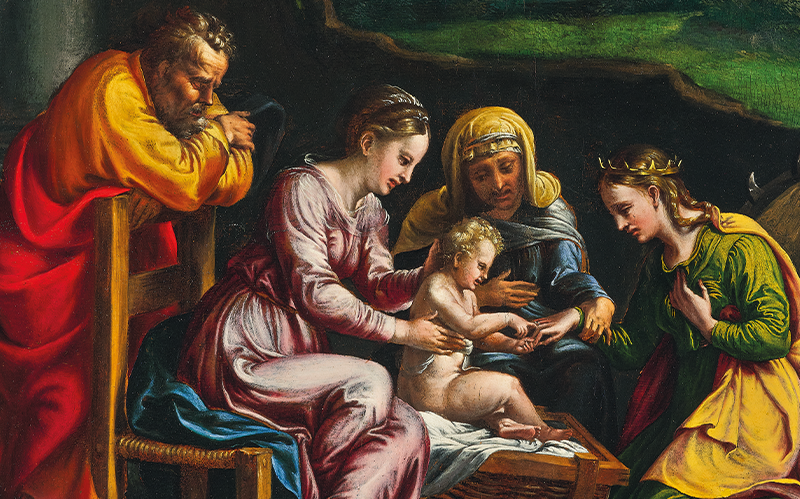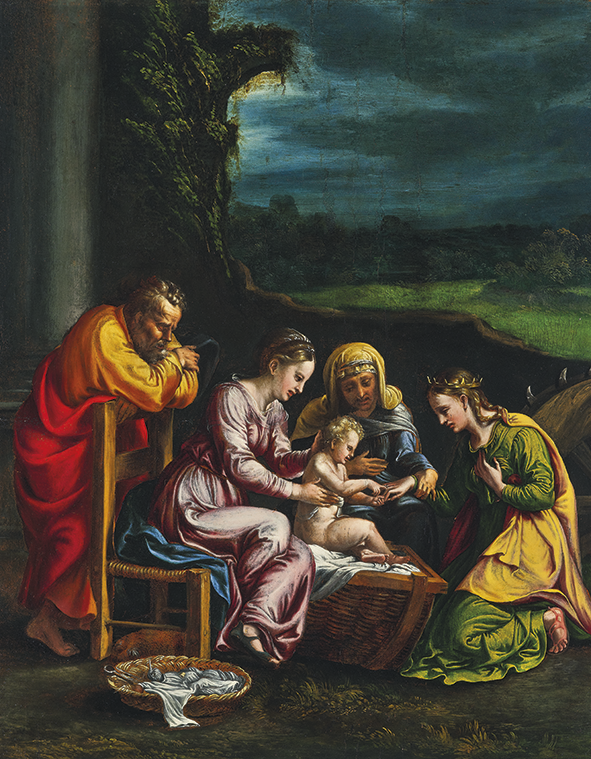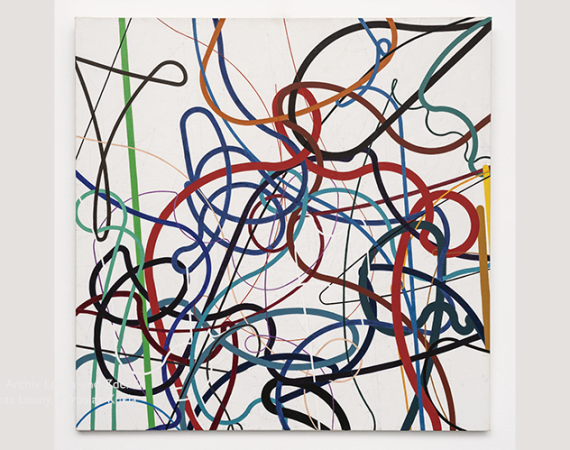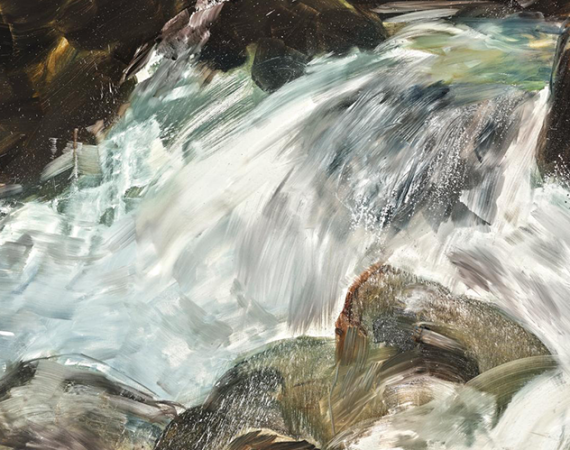
Paintings included in the Old Masters auction on 22 October 2024 demonstrate the fascinating line of influence that can be drawn through the stylistic innovations of three of the greatest artists in the history of art.
Pietro di Cristoforo Vannucci, called Perugino (1446–1523) was one of the most influential artists of his time. His contribution to the development of painting was enormous, moving away in style, composition and technique from the traditions of the early Renaissance towards new practices of the High Renaissance. His compositional invention, combined with his use of Florentine figurative style and Umbrian-inspired use of structure and space, would become widely influential throughout Europe.
In 1479, Perugino was engaged to work on the decoration of the Sistine Chapel, working in the Vatican before Michelangelo and Raphael. Perugino was the most celebrated painter in central Italy at this time and was sought-after by powerful patrons. The two paintings on panel of Christ Crowned with Thorns and The Virgin date to the 1490s. Around this time, Perugino returned to Perugia where the young Raphael entered his workshop.

Raphael imitated and assimilated Perugino’s style to the extent that their work, in these early years, was sometimes indistinguishable. The similarity in their style is illustrated by Perugino’s present depiction of the Virgin, which has an air of sweetness that would be echoed in Raphael’s Florentine Madonnas, painted years later.
Raphael (1483–1520) was one of the great geniuses of the High Renaissance and he established a large and prolific studio in Rome. He was commissioned to decorate the Stanze in the papal apartments, perhaps his most famous work. Here, his talented pupil Giulio Romano would become his prominent assistant, ultimately completing the prestigious work after Raphael’s premature death in 1520.
Giulio Romano (b. mid-1490s–1546) collaborated with Raphael on easel paintings, as well as the large-scale frescos. After Raphael’s death, competition for Giulio’s services increased and in 1524, Giulio was appointed court artist by Federico II Gonzaga in Mantua. The Mystic Marriage of Saint Catherine comes from this period and is dated to c. 1526. The painting reflects the influence of Raphael, but the composition, colouring, and the subtlety in the observation of character and emotion of the figures are Giulio’s own. He would become one of the outstanding figures of Mannerist art.
AUCTION
Old Masters, 22 October 2024, 6 pm
Palais Dorotheum, Dorotheergasse 17, 1010 Wien
old.masters@dorotheum.at
Tel. +43-1-515 60-403














